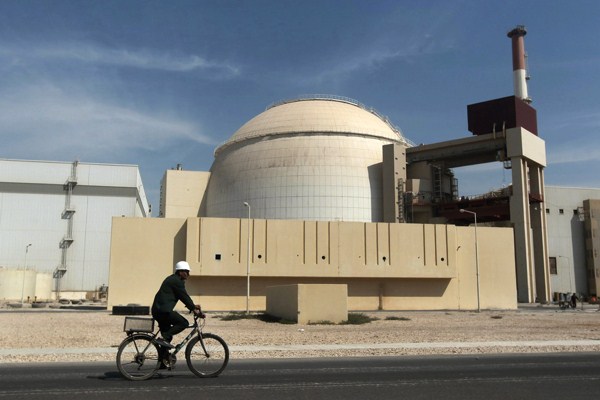In the run-up to the June 30 deadline for a comprehensive nuclear agreement with Iran, alarmists in Washington, Tel Aviv and elsewhere are again warning of an imminent race to nuclear weapons capabilities in the Middle East—one that will occur in the guise of peaceful nuclear programs, as countries such as Saudi Arabia, Egypt and Turkey all rush to construct their first nuclear power plants.
But the logic of chain-reaction proliferation in the Middle East is critically flawed. Equally flawed are assumptions that the region’s nuclear power aspirants are anywhere near having operational programs. Ambitious rhetoric aside, including Saudi Arabia’s pledge to compete with Iranian enrichment levels, few countries in the region have meaningfully increased their civil or military nuclear capabilities in recent years. With the Gulf Cooperation Council summit at Camp David Thursday putting talk of a nuclear Middle East back into the headlines, it’s time for a reality check on the region’s actual capacity for both nuclear energy and nuclear weapons.
Iran and Israel possess the region’s most advanced nuclear capabilities. In addition to its contentious enrichment activities, Iran has the region’s only operational nuclear power plant, while Israel is widely understood to possess nuclear weapons, but does not have a nuclear energy program. The rest of the Middle East lags significantly behind both in nuclear capabilities, though one should distinguish between countries such as Turkey or Egypt on the one hand and Saudi Arabia or Jordan on the other. The former have extensive familiarity with basic nuclear research, including decades of experience operating small research reactors, which the latter lack. However, all of their ambitious programs are proceeding at paces anywhere between a standstill and a barely perceptible crawl. Although they have signed memoranda of understanding and other nuclear cooperation agreements with seemingly endless lists of potential foreign partners, such pieces of paper mean nothing when it comes to actual reactor construction, which requires financing and resolving other complex diplomatic and technical challenges.

